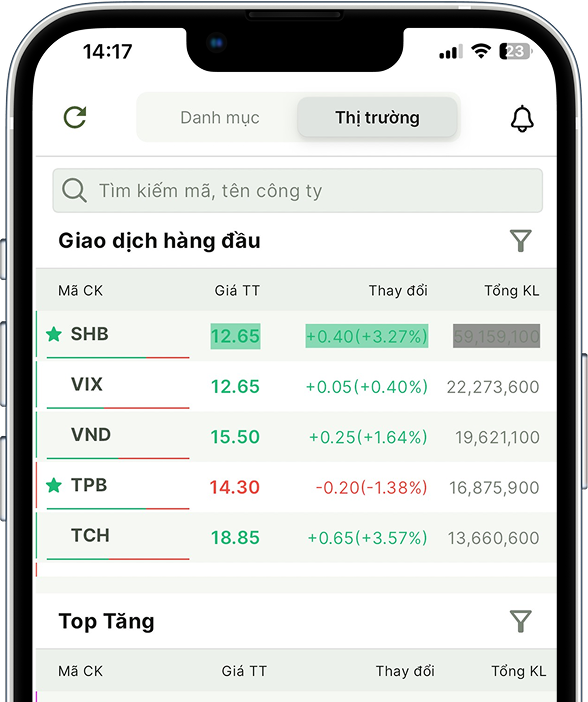OPEC+ oil production cut in November 2022
07/10/2022 - 2:10:31 CHOverview of announced oil production cut and market reactions
Oil cartel OPEC+, led by Saudi Arabia and Russia, on Wednesday agreed to impose their first deep output cuts of 2 million barrel per day since 2020 (about 2% of global oil production) from this November to raise oil price. This movement goes against the efforts by US and European Union (such as price cap on trade in Russian oil) in lowering oil price to help the global economy as well as curbed Russia’s fund for its war in Ukraine from the sale of crude. After the meeting, both Brent oil price and WTI traded up around 1.5% as market participants also had expected the cartel to impose output cuts between 500,000 and 2 million barrels.
In response to the cut, the White House showed its disappointment as global economy is currently dealing with ongoing negative impacts from Russia’s invasion of Ukraine. President Biden also decided to release another 10 million barrels from the Strategic Petroleum Reserve in November.
Oil price and domestic O&G outlook
Although the oil output cut by OPEC+ could spur a short recovery in oil price, we believe it will have limited impact as OPEC+ has been producing more than 3 million below its agreed quota levels for months due to its lack of investment. Therefore, the actual cut will be lower and estimated to be around 1 million bpd while Goldman Sachs even put it at 0.4-0.6 mil bpd. Moreover, until the next OPEC+ meeting on Dec 4th, the fears of a global economic recession, increasing U.S. interest rates and a stronger dollar that have weakened the oil demand seems to have a larger impact on oil price than the cut at the moment, which then undedermine OPEC+ efforts to raise oil price. With that, oil price is expected to move in the range USD90-100 in the time coming.
Regard the domestic O&G, the ongoing high oil price will continue to actively support the gas selling price of (HSX: GAS) after the company recorded a 98% increase in NPAT in 6M2022. In addition, the rig rental rate is expected to increase gradually and support (HSX: PVD) result partly in the time coming after the company recorded a loss for 2 consecutive quarters.
For (Upcom: BSR), its NPAT increased strongly in 6M2022 by 3.5 times thanks to high crack spread, which came from supply tension and recovery in global demand. However, although still being at a high level, BSR’s petroleum crack spread is gradually decreasing recently due to the aforementioned demand constraint and is expected to continue to decline in the coming years as China increases its export quotas for refined petroleum products. Therefore, its growth will be slowed down.
For (HSX: PLX), it recorded a strong fall in NPAT 6M2022 by 90% due to increasing input cost and large provision on its inventories as oil price dropped. As oil price volatility increases given all the recent global event, the risk for PLX also surges as PLX has to maintain the reserve of petroleum in circulation for 20 days for consumption to ensure national energy security.
The slow initiation of new oil & gas project had a negative impact on the workload of the Engineering & Construction segment and dragged the 6M2022 NPAT of (HNX: PVS) down 23% YoY. The trend of shifting to renewable energy and impacts from the Covid-19 pandemic partly explain this delay. Regarding the future prospects, with the expectation that the Block B O Mon project will be put into operation from the beginning of 2024, the business results of PVD and PVS will be improved significantly.
View details in full report below.




